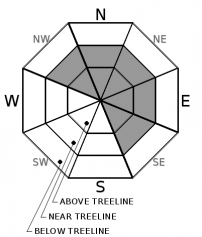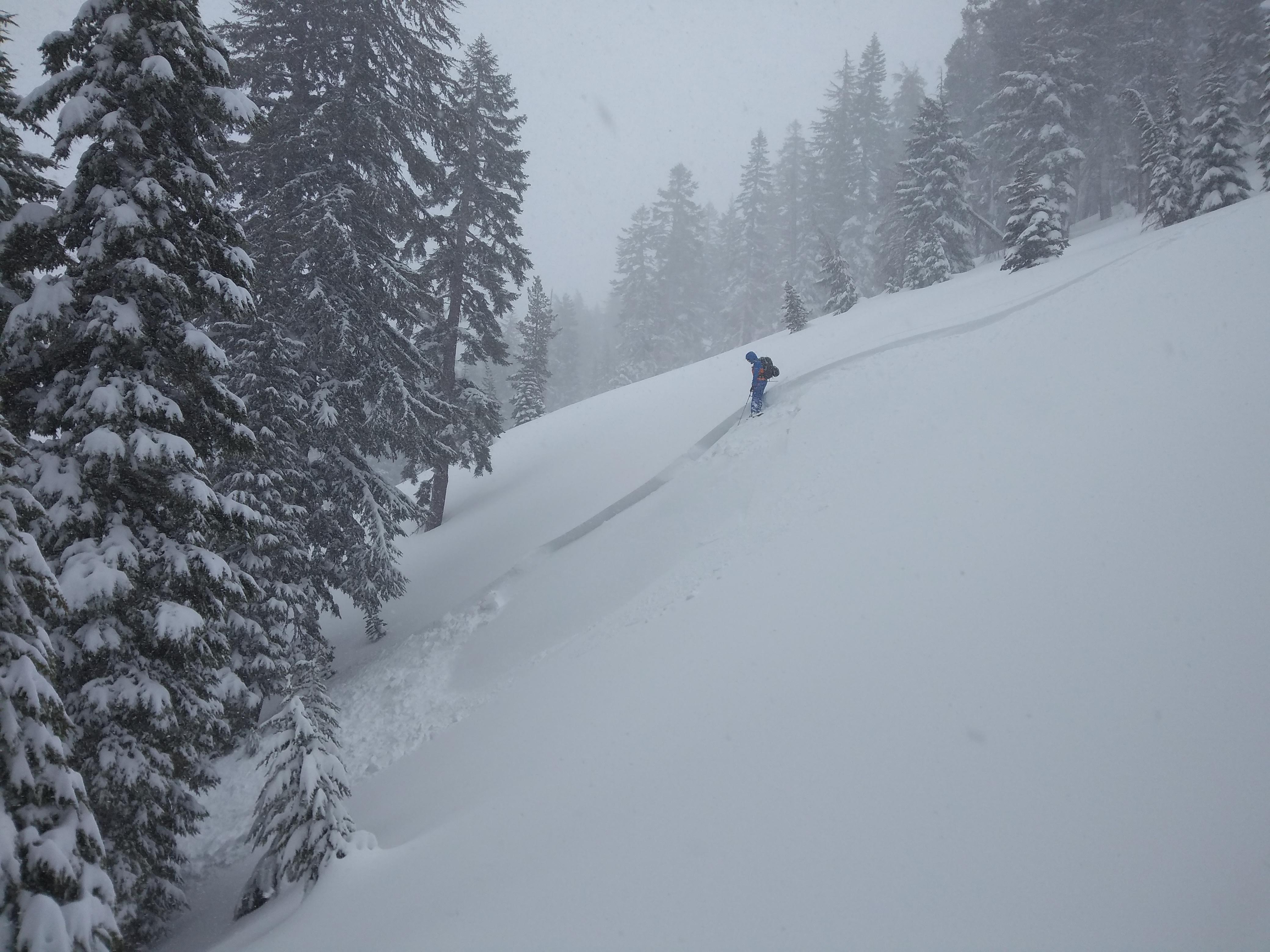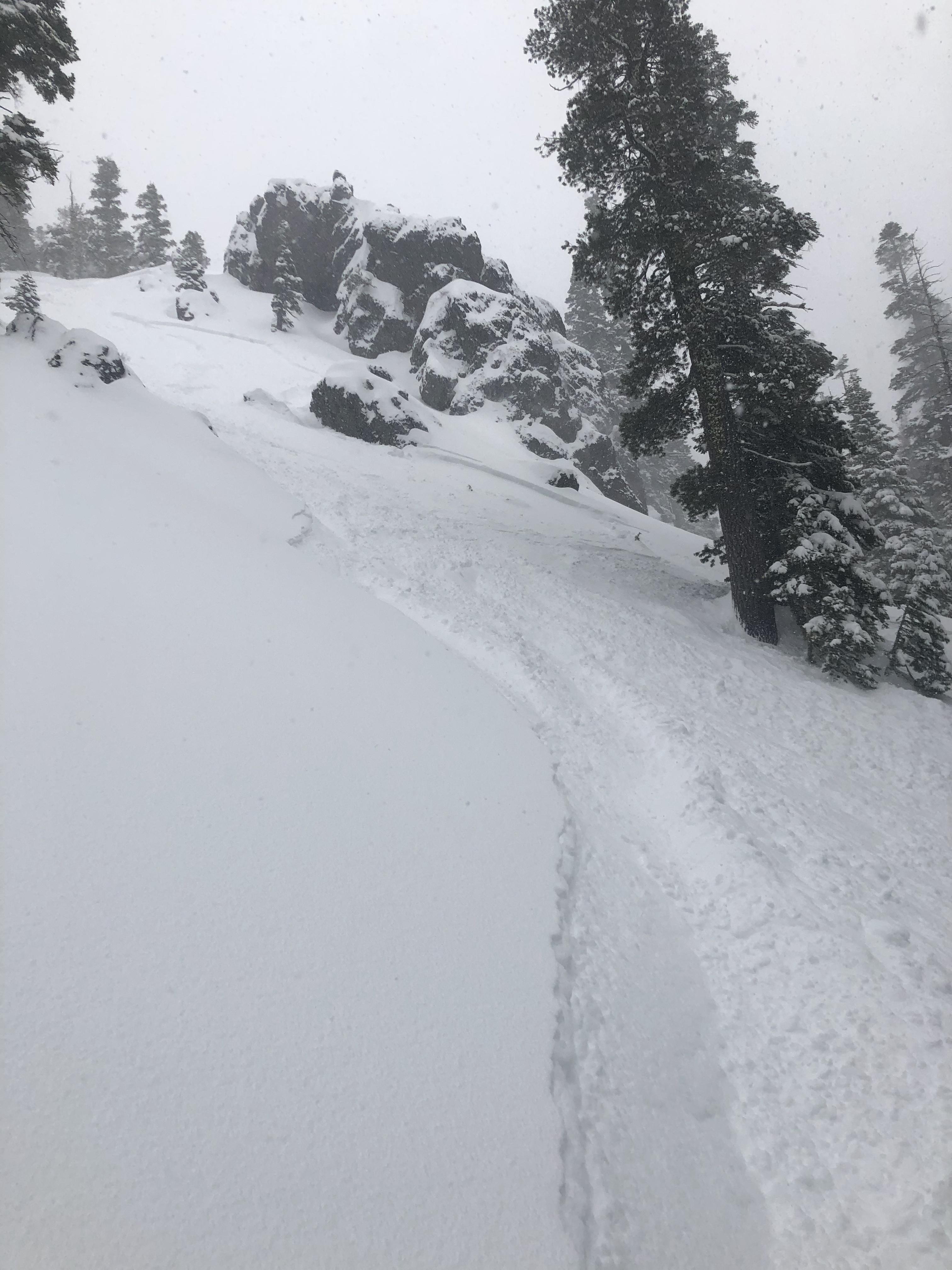| Monday | Monday Night | Tuesday | |
|---|---|---|---|
| Weather: | Mostly cloudy. Snow likely in the morning, then snow showers in the afternoon. Snow levels below 7000 feet. Chance of precipitation is 75%. | Mostly cloudy. Chance of snow showers in the evening, then chance of snow after midnight. Snow levels below 7000 feet. Chance of precipitation is 50%. | Mostly cloudy. Chance of snow in the morning, then chance of snow showers in the afternoon. Snow levels below 7000 feet. Chance of precipitation is 40%. |
| Temperatures: | 31 to 36 deg. F. | 18 to 24 deg. F. | 35 to 41 deg. F. |
| Mid Slope Winds: | Light winds. | Light winds. | Light winds. |
| Expected snowfall: | 80% probability of 1 to 3 inches. 20% probability of 3 to 5 inches. | SWE = up to 0.20 inch. | 80% probability of 1 to 3 inches. 20% probability of 3 to 5 inches. | SWE = up to 0.20 inch. | 80% probability up to 1 inch. 20% probability of 1 to 3 inches. | SWE = less than 0.10 inch. |
| Monday | Monday Night | Tuesday | |
|---|---|---|---|
| Weather: | Mostly cloudy. Snow likely in the morning, then snow showers in the afternoon. Snow levels below 7000 feet. Chance of precipitation is 80%. | Mostly cloudy. Chance of snow showers in the evening, then chance of snow after midnight. Snow levels below 7000 feet. Chance of precipitation is 50%. | Mostly cloudy. Chance of snow in the morning, then chance of snow showers in the afternoon. Snow levels below 7000 feet. Chance of precipitation is 45%. |
| Temperatures: | 25 to 31 deg. F. | 15 to 20 deg. F. | 29 to 35 deg. F. |
| Ridge Top Winds: | Southwest around 15 mph in the morning becoming light. | Light winds. | Light winds becoming east around 15 mph in the afternoon. |
| Expected snowfall: | 80% probability of 1 to 3 inches. 20% probability of 3 to 5 inches. | SWE = up to 0.20 inch. | 80% probability of 1 to 3 inches. 20% probability of 3 to 5 inches. | SWE = up to 0.20 inch. | 80% probability up to 1 inch. 20% probability of 1 to 3 inches. | SWE = less than 0.10 inch. |























